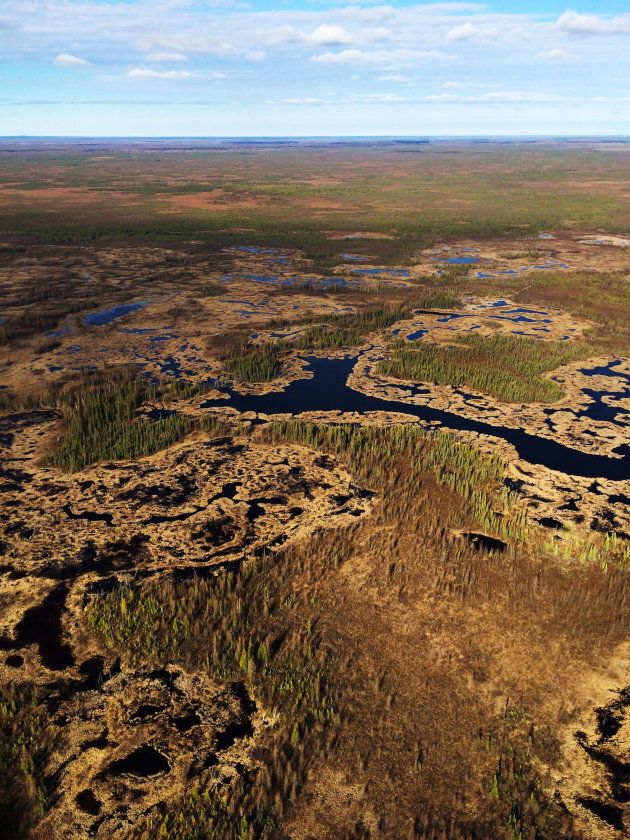A small group of wood bison lingered on the edge of town, and a light snow started to fall as the meeting hall in Fort Providence, NWT, filled with leaders, elders, children and friends. We gathered to mark the creation of the Edéhzhíe Dehcho Protected Area/National Wildlife Area, a sweep of 14,249 square kilometres of boreal forest and clean waters west of Yellowknife. The Dehcho First Nations have worked to conserve this area for many years, and a sense of hope and excitement filled the room.
It was clear the creation of Edéhzhíe has far-reaching significance, not just for the Dehcho, but for all Canadians.

When Dehcho Grand Chief Gladys Norwegian and Environment and Climate Change Minister Catherine McKenna sat side-by-side and signed an agreement protecting Edéhzhíe on October 11, they demonstrated the power of a new conservation model.
This model recognizes Indigenous Peoples' leadership in protecting the lands. It fosters partnerships between Indigenous and Crown governments. And it conserves more of the forests, fresh waters, animals and plants we all depend upon.
"This is a direct result of the vision of the Dehcho," said Minister McKenna. "I will tell the story of Edehzhie across Canada, but I will also tell it when I go around the world."
Now is the time for spreading this model. Canada pledged to protect at least 17 per cent of lands by 2020, as part of the global effort to combat the perilous loss of animal and plant species. The most effective way for Canada to reach this goal is to partner with Indigenous Nations that are already creating and proposing new protected areas across the country.
Partnerships between Indigenous Nations and Canada will not only create conservation gains here at home but can also lead the world into a new relationship with the land. A majority of large intact lands left on the planet — places with an abundance of animals and plants and unpolluted waters — are cared for by Indigenous Peoples. These places hold the key to sustaining biodiversity for our children and grandchildren.
If Canada can arrive at the UN Convention on Biological Diversity conference in Beijing in 2020 having met its conservation targets through partnerships with Indigenous Nations, it can help unleash a new era of conservation that respects the leadership of Indigenous Peoples in protecting biodiversity.
The Dehcho First Nations have illustrated what the power of this model.
I first travelled to the region almost 15 years ago, when the Dehcho were working on a transformative land use plan that draws on cultural traditions and Indigenous and western science to identify protected areas and development zones. Edéhzhíe was identified as a priority for protection through this process.
The International Boreal Conservation Campaign (IBCC) has long been a partner to the Dehcho in its conservation work, and we saw in the Dehcho plan inspiration for what became the Boreal Forest Conservation Framework, a vision for Canada's boreal region that was endorsed by 1,500 scientists, scores of business, Indigenous leaders and nations and conservation groups.
The framework recognizes the leadership of Indigenous Peoples in conserving lands within their traditional territories, and IBCC partners with Indigenous Nations to ensure this principle guides all boreal conservation efforts.
We saw what that looks like on October 11, when Dehcho leaders and federal officials gathered on the banks of the Mackenzie River, fed a fire with tobacco, and agreed to protect vibrant boreal lands for all Canadians. Now they can share that conservation model with the world.